The men, like Gene Cernan, who made footprints on the Moon
- Published
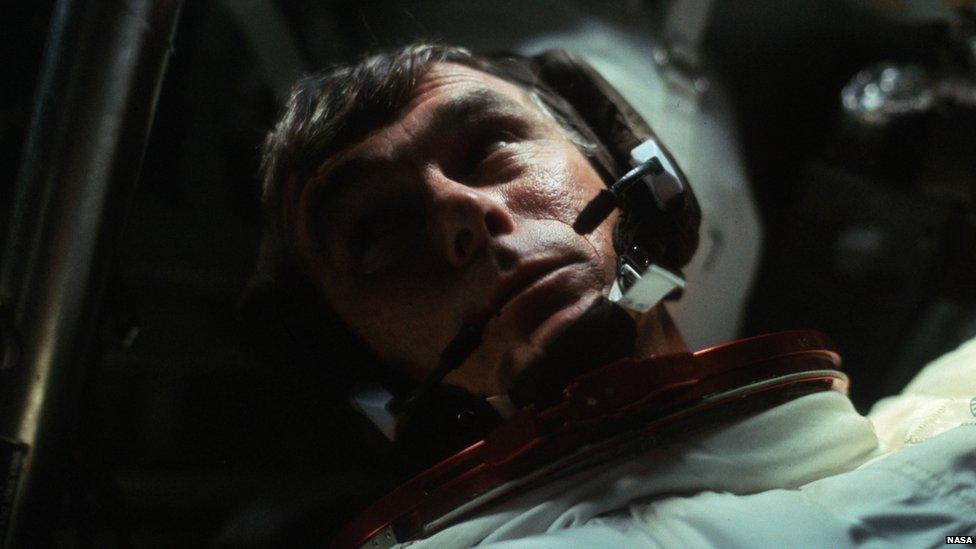
US astronaut Gene Cernan has died at the age of 82.
He was the last man to leave a footprint on the lunar surface, on the Apollo 17 mission in 1972 and was one of only three people to go to the Moon twice.
The final words Captain Cernan spoke there were: "We leave as we came and, God willing, as we shall return with peace and hope for all mankind."
But who were the other 11 men who made their footprints on the Moon?
Neil Armstrong (1930 - 2012) and Edwin 'Buzz' Aldrin (b 1930)

Armstrong is most famous for the words: "That's one small step for a man, one giant leap for mankind."
Buzz Aldrin was just behind him.

While on the moon Neil and Buzz planted a US flag and left a sign saying, "Here men from the planet Earth first set foot upon the Moon July 1969, AD. We came in peace for all mankind."
Charles 'Pete' Conrad (1930 - 1999)
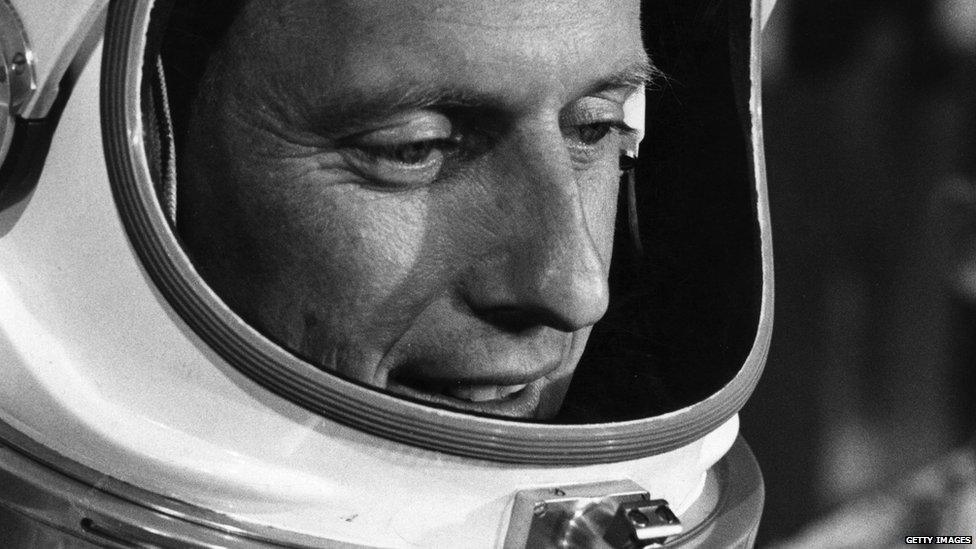
Apollo 12 launched during a lightning storm which knocked out the power shortly after lift-off.
When Conrad finally stepped onto the moon he shouted: "Whoopee! Man, that may have been a small one for Neil, but that's a long one for me."
Alan L Bean (b 1932)
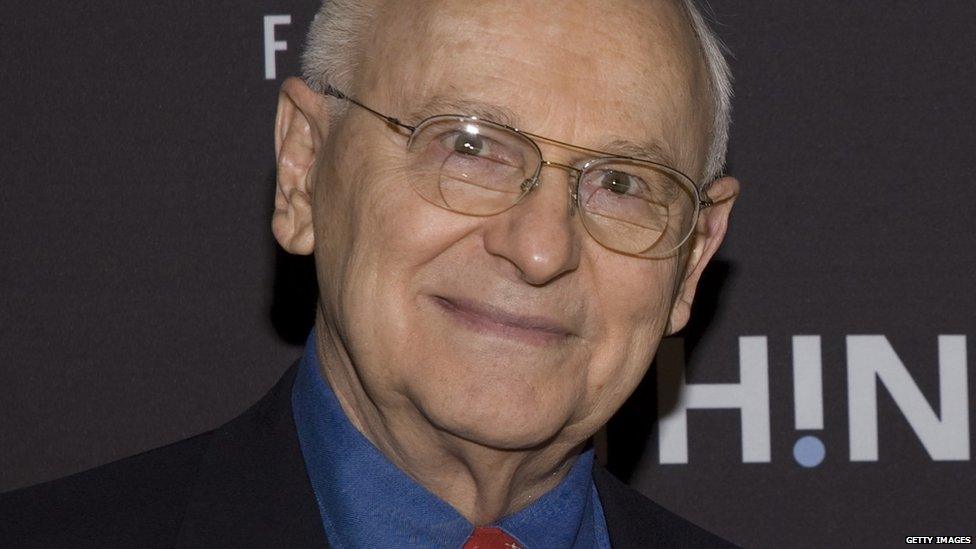
Bean is the only artist to have left our planet, so his paintings of the lunar environment are pretty authentic.
Alan Shepard (1923 - 1998)

Shepard famously knocked a couple of golf balls with a six-iron attached to his sample-collecting tool.
Thanks to the moon's lower gravity, he could drive further than any professional golfer on Earth.
Edgar D Mitchell (1930 - 2016)
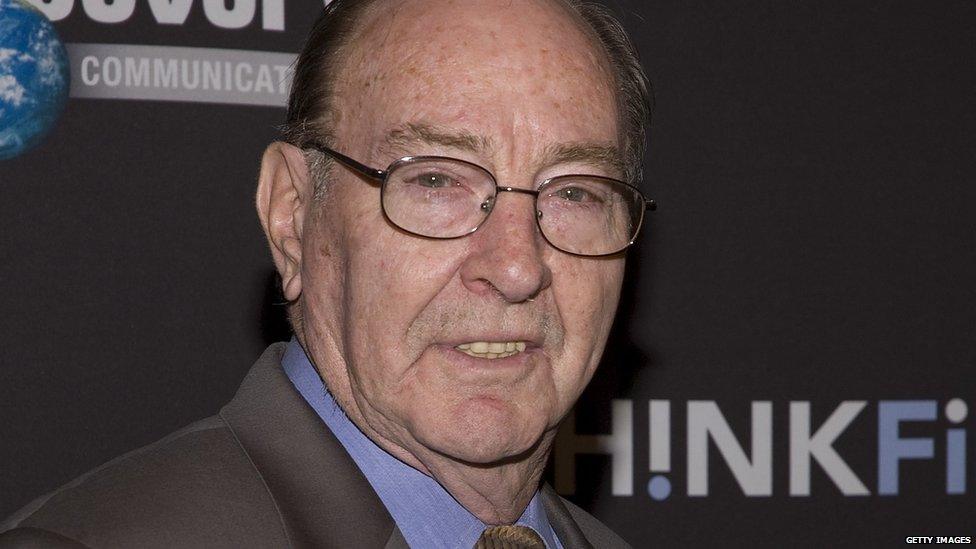
Mitchell was the first to transmit colour TV from the lunar surface and he helped collect 94lb (43.5kg) of lunar rock and soil samples to bring home.
David Scott (b 1932)
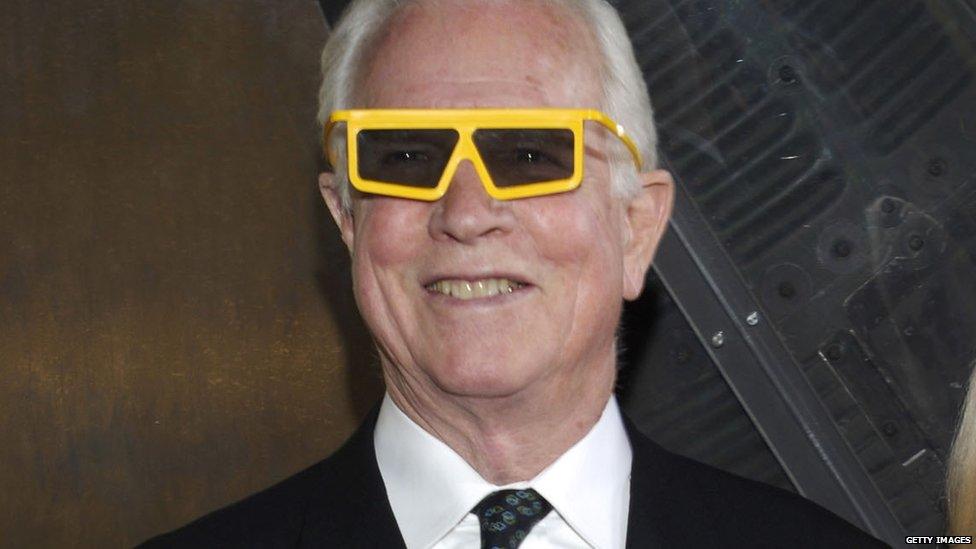
Scott became famous for his stamps. Without Nasa's permission, he took postage stamp covers to the moon with the plan to sell them afterwards. He never flew again.
James B Irwin (1930 - 1991)

While Irwin was on his mission, the team back on Earth noticed he was having heart trouble.
But, since he was breathing 100% oxygen and was under lower gravity than on Earth, mission control decided he was in the best place for his condition.
Irwin's heart rhythm was normal when he returned to Earth, but he had a heart attack a few months later.
John Young (b 1930)
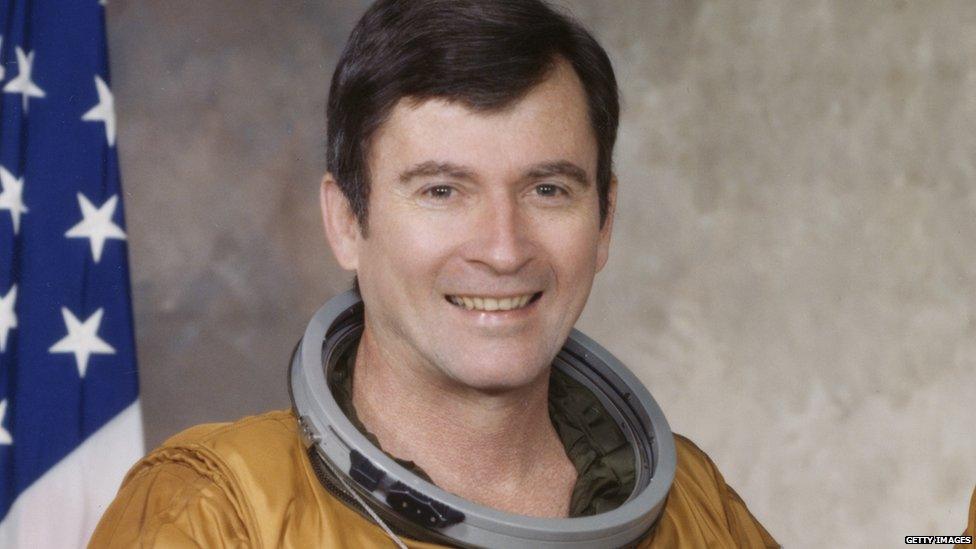
John Young is the longest serving astronaut in Nasa history, so far.
He once smuggled a corned beef sandwich onto the flight - Nasa bosses were not happy. But Young went on to complete a total of six space missions.
Charles M Duke Jr (b 1935)
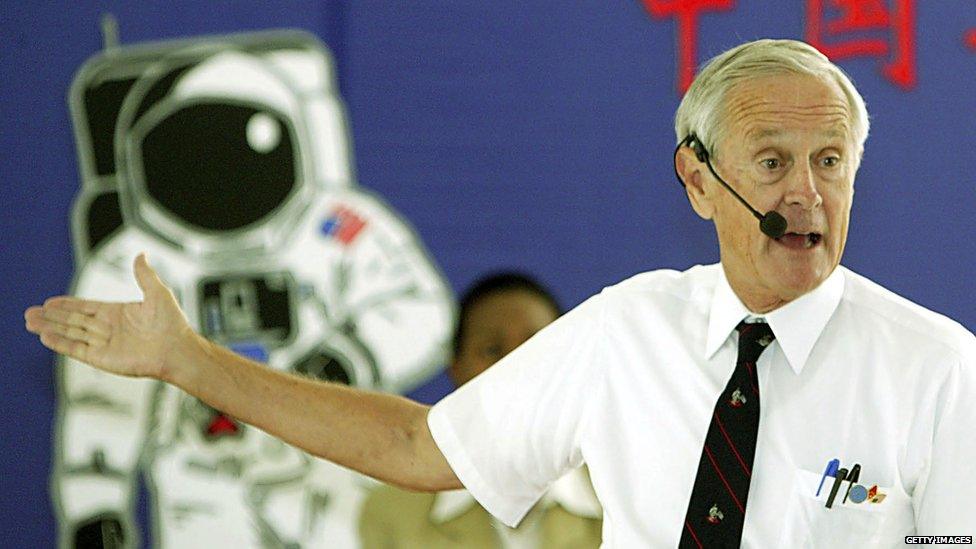
Duke made history by catching German measles during training in the backup crew for the Apollo 13 mission.
He exposed the crew and caused one astronaut to be replaced.
Harrison 'Jack' Schmitt (b 1935)
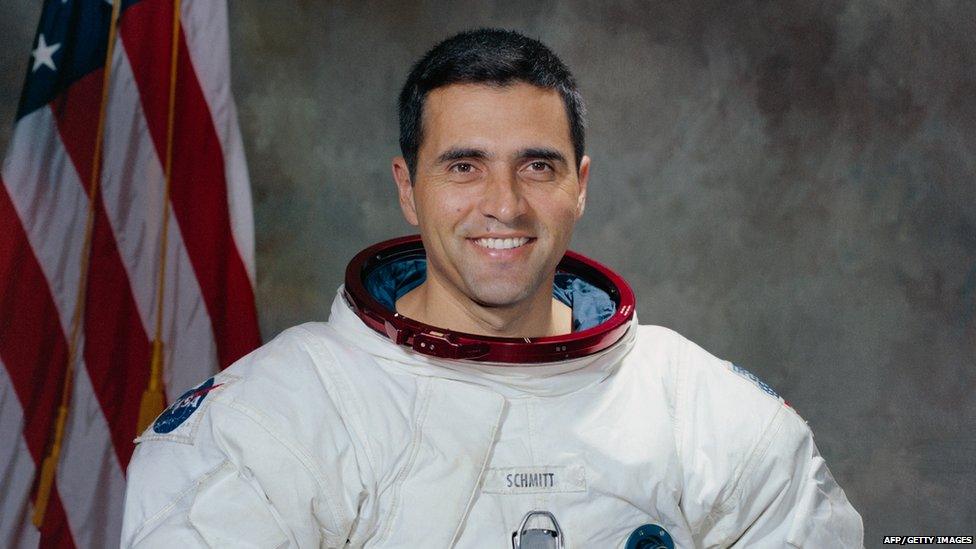
Schmitt was the first scientist in outer space.
On the Apollo 17 mission, he spent three days on the Moon with Gene Cernan.
He threw their one and only geology hammer off into the distance and left his measuring instruments behind.
Find us on Instagram at BBCNewsbeat, external and follow us on Snapchat, search for bbc_newsbeat